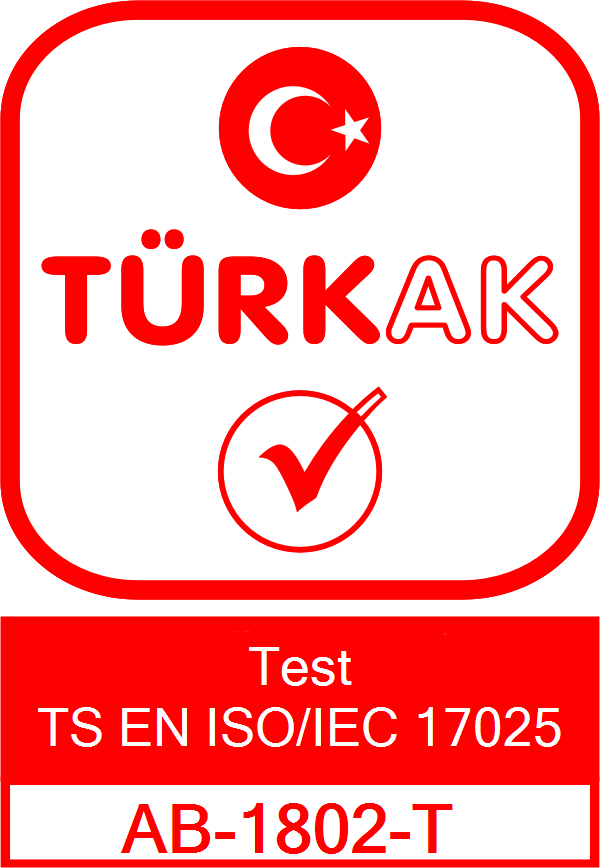Determination of Polychlorinated Biphenyls (PCBs)
Polychlorinated biphenyls (PCBs) are organic chemicals that were once widely used as coolants and insulators in transformer oils, capacitors, hydraulic fluids, and some machinery. However, from the late 1970s it was understood that PCBs were toxic and harmful to the environment. For this reason, their production and use is prohibited in many countries.
Detection of PCBs in mineral oil samples is critical to check if these components are still present, especially when working with older equipment or machinery.
**Methods for Analysis:**
1. **GC-ECD (Gas Chromatography - Electron Capture Detector):** This is the most widely used method to detect and quantitatively measure PCBs. The sample is injected into the gas chromatography device after purification from unsuitable components. PCBs appear as peaks at certain times in the chromatogram.
2. **GC-MS (Gas Chromatography - Mass Spectrometry):** This method is more sensitive and specific for the detection and quantification of PCBs. It is mainly used to detect PCBs at low concentrations.
**Analysis Process:**
1. Sample preparation: Oil samples are treated with a specific solvent to extract PCBs.
2. Extraction: PCBs are extracted to separate them from other components of the sample.
3. Cleaning: The extract must be free of foreign components and contaminants.
4. Analysis: The clarified extract is analyzed by GC-ECD or GC-MS. PCBs appear as peaks at certain times and at certain ion masses.
5. Evaluation: PCB concentrations are determined using standard solutions.
This analysis provides information on the safety and suitability of mineral oils. It is also critical to determine how these oils should be managed or disposed of if they contain PCBs. These analyzes are very important because of the long-term environmental and health effects of PCBs.

